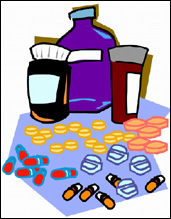Looking for more insights?
Sign up to stay informed about our latest article releases.
China has cemented its position as a supplier of components and low value-added products to the world, but a number of companies are not content to remain downstream suppliers. From autos and airplanes to pharmaceuticals and house wares, some Chinese businesses are moving quickly up the supply chain. The pharmaceutical industry is a good example. By focusing on one company in particular, Zhejiang Hisun Pharmaceutical, China Knowledge at Wharton sheds light on a process that is transforming China's role in global business.

Sign up to stay informed about our latest article releases.